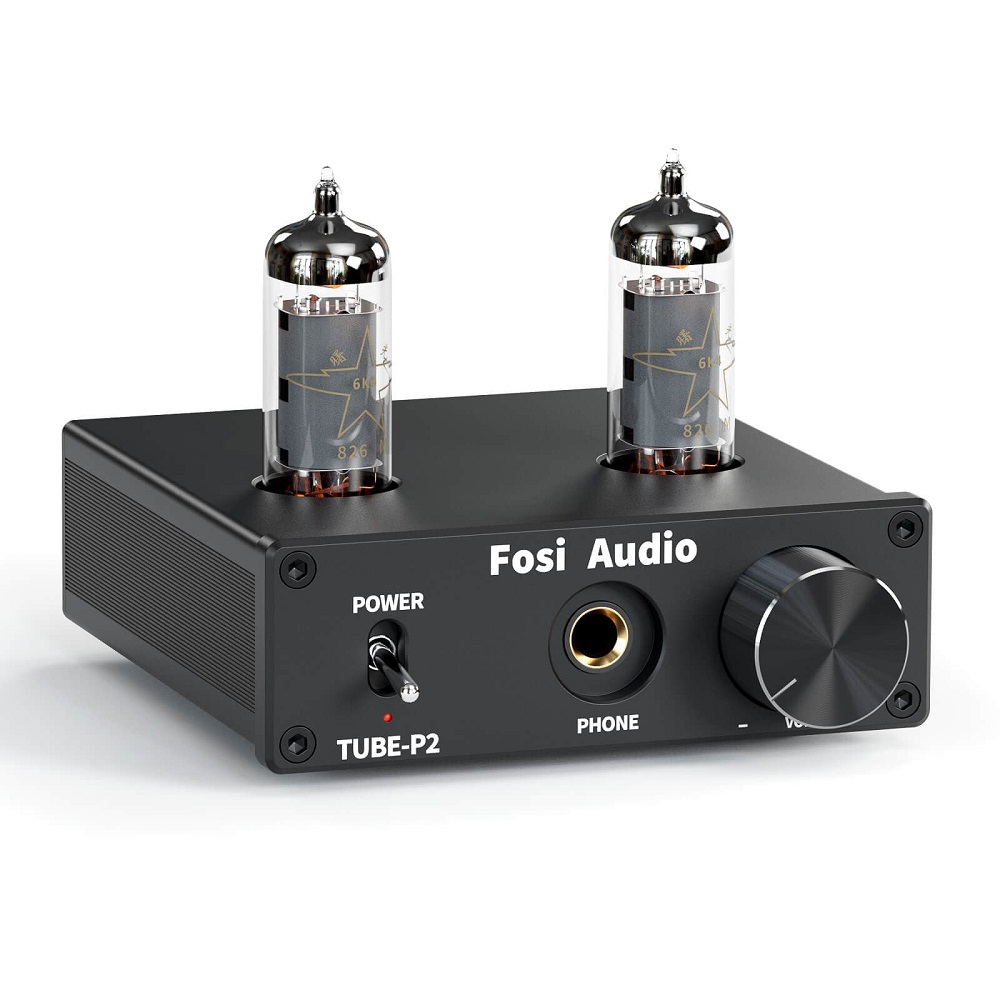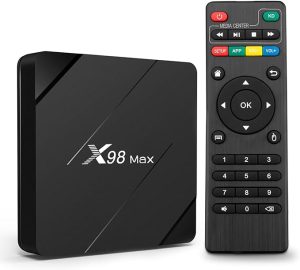When it comes to enhancing your audio setup, the amplifier plays a critical role in delivering sound quality and performance. Choosing the right amplifier for your sound system can elevate your listening experience, whether you’re a casual music lover or an audiophile. With a myriad of options available, making the right choice requires knowledge of your specific needs and an understanding of the technical aspects of amplifiers. In this guide, we’ll discuss how to choose the right amplifier, covering essential factors like power, compatibility, and features.
Understanding Amplifier Types
Different Types of Amplifiers
Amplifiers come in various types, each designed for specific applications and sound preferences. The most common types include integrated, power, and preamplifiers. Integrated amplifiers combine both preamplification and power amplification in one unit, making them ideal for compact setups. They are often the most convenient choice for beginners or those who want a straightforward solution for their audio needs. Power amplifiers focus solely on driving speakers and may require a separate preamp to control volume and source selection. This type of amplifier is typically used in more complex systems, often for home theaters or high-quality speaker setups where more control over sound and power is necessary. Preamplifiers prepare audio signals for amplification and may include tone controls and multiple inputs, allowing users to connect various audio sources easily. Understanding the differences among these types can help you pick the best option for your sound system.
Choosing the Right Type for Your Needs
Consider how you will use the amplifier. If you’re building a simple stereo system with just a couple of sources, an integrated amplifier can be sufficient and user-friendly. On the other hand, if you’re setting up a more versatile audio system with a range of components, you might prefer a separate preamp and power amp configuration. This separates control and amplification, often leading to greater power and fidelity. Understanding your audio needs and preferences will help you choose the right amplifier type, making integration into your system straightforward and ultimately more enjoyable.
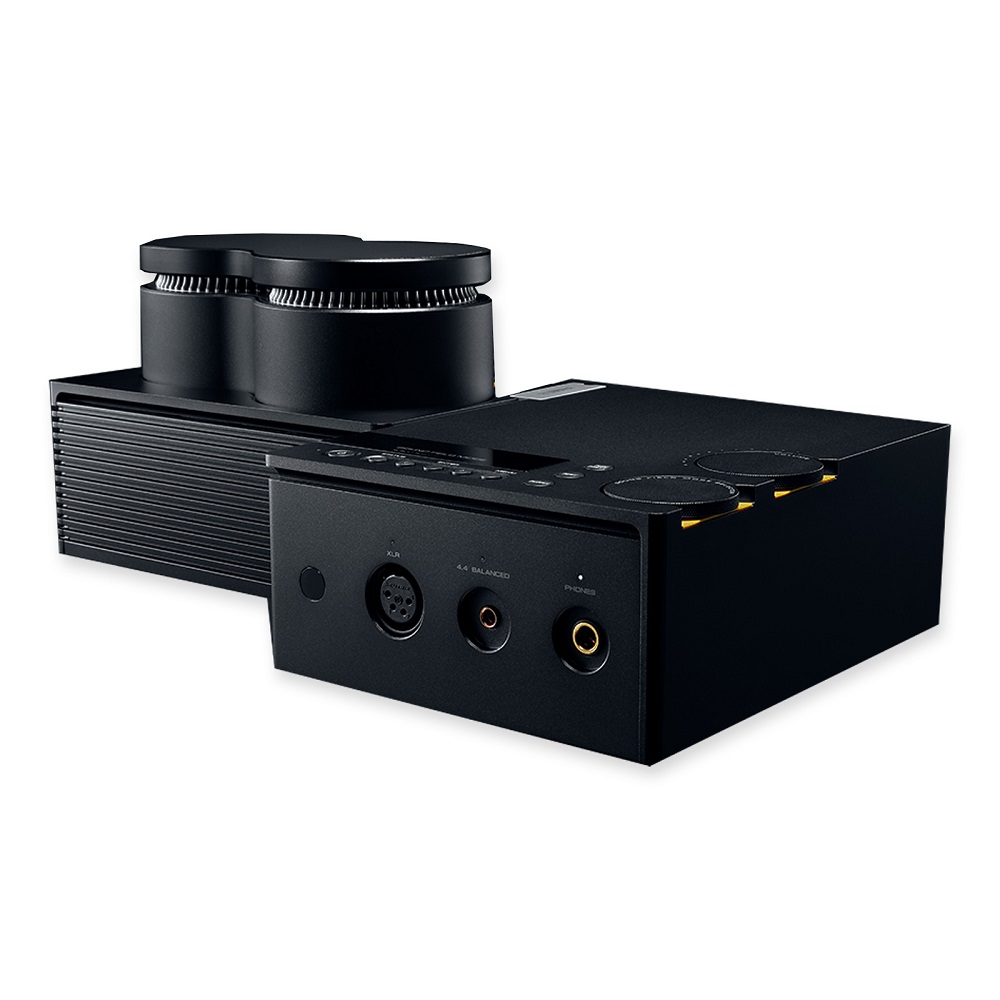
Power Ratings Explained
The Importance of Power Ratings
Power ratings are crucial when selecting an amplifier. The two key specifications you should look at are RMS (Root Mean Square) power and peak power. RMS power indicates how much continuous power the amplifier can deliver, while peak power shows the maximum output capability during short bursts. Understanding these ratings ensures that the amplifier can handle the demands of your sound system without distortion or damage. When too little power is supplied, distortion occurs; conversely, supplying too much power can lead to speaker damage. Therefore, getting this aspect right is essential for a sustainable and enjoyable listening experience.
Matching Power to Speakers
Always ensure that the amplifier’s power rating matches or slightly exceeds the speaker’s capacity. For example, if your speakers are rated for 100 watts RMS, look for an amplifier that delivers at least 100 watts per channel but ideally between 100 and 150 watts per channel to allow room for dynamics. Underpowering can cause distortion, leading to a muddy sound, while overpowering may damage the speaker components over time through excessive heat or cascaded clipping. By paying close attention to these ratings, you can avoid potential pitfalls and ensure that your audio equipment operates within safe parameters, which is crucial for achieving optimal sound quality and reliability.

Impedance Compatibility
What is Impedance?
Impedance, measured in ohms (Ω), directly affects how much power an amplifier can deliver to speakers. Most home audio equipment operates at 4, 6, or 8 ohms. It’s crucial to check the impedance ratings of both your speakers and the amplifier before making a purchase. An amplifier rated for 8 ohms may not deliver the expected performance if paired with 4-ohm speakers, potentially leading to overheating or compromised sound quality. Therefore, understanding impedance compatibility is fundamental to achieving the best performance from both your amplifier and speakers.
Ensuring Proper Compatibility
Ensure that your amplifier can handle your speakers’ impedance. Many amplifiers can work with a range of impedances, but some may have specific ratings that need to be considered. For instance, a 4-ohm speaker typically pulls more power from the amplifier, which can lead to overheating if the amp isn’t designed for it. Additionally, some amplifiers may have settings to accommodate different impedance loads, so it’s beneficial to check for such features. Understanding this compatibility can significantly improve sound quality and protect your equipment from damage, giving you peace of mind during use.
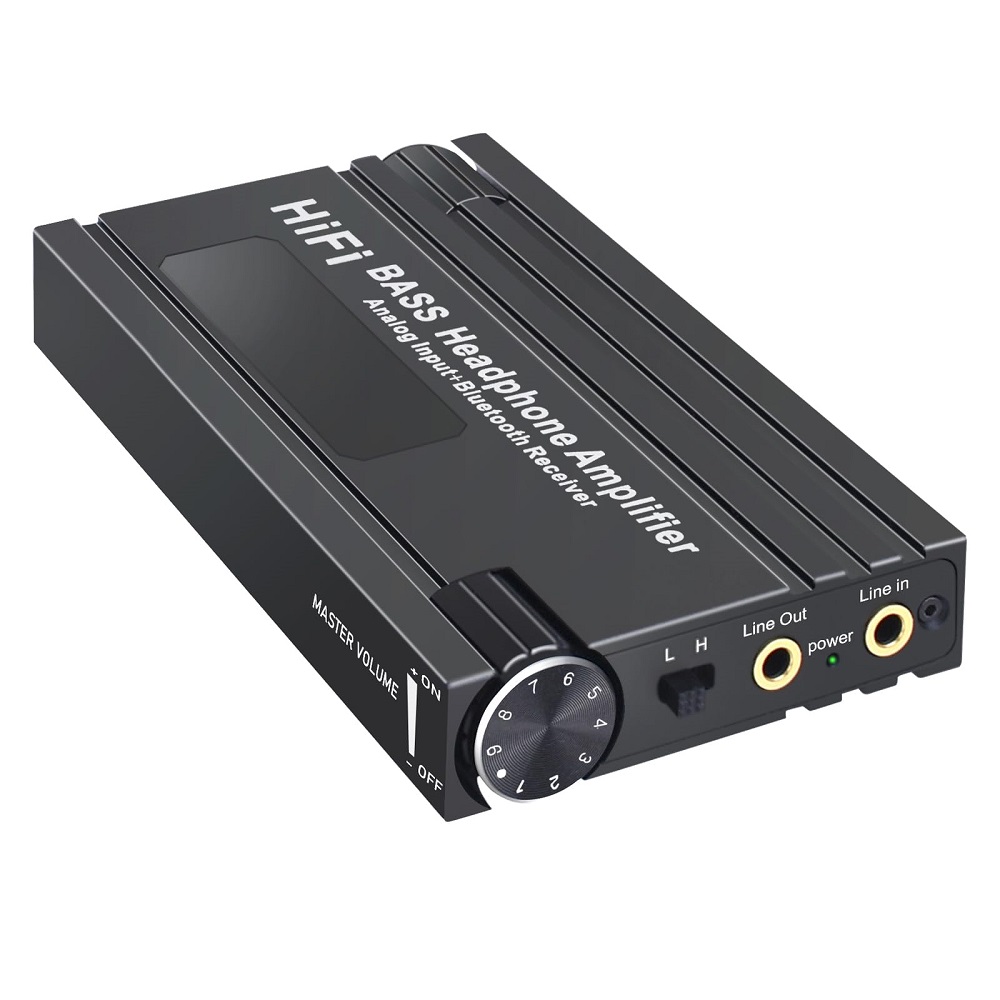
Connectivity Options
Input and Output Options
Connectivity is another essential factor when choosing an amplifier. Look at the input options available, such as RCA, optical, USB, and Bluetooth. Multiple inputs allow you to connect various devices—from CD players to streaming devices—making your system versatile. For instance, having digital inputs like optical or USB allows you to integrate higher-quality sources, such as digital audio workstations or modern streaming devices, giving you flexibility in how you enjoy music and media.
Consider Your Sources
Assess the devices you intend to connect to the amplifier. If you plan to use a vinyl player, ensure the amplifier has a dedicated phono input, or you’ll need a separate phono stage. Additionally, consider having enough speaker outputs for multiple sets or zones should you decide to expand your sound system in the future. This foresight allows for growth in your setup without having to purchase new equipment down the line. Always ensure that the amplifier supports the connection types you’ll need to avoid any frustrations during setup.

Features to Consider
Additional Features
The features of an amplifier can significantly influence your audio experience. Some amplifiers may have built-in equalizers to adjust sound frequencies, while others offer Bluetooth connectivity for wireless streaming. This feature can be particularly appealing in today’s increasingly connected world, where streaming services dominate the music landscape. Advanced options include DACs (Digital-to-Analog Converters) for converting digital signals, which may enhance sound quality further, particularly for those who prioritize high-resolution audio formats.
Reviewing Your Lifestyle
Think about how you plan to use your sound system. If you enjoy adjusting your audio settings frequently, a model with an equalizer or advanced audio settings may be more appealing. Conversely, if simplicity is what you seek, then a more straightforward amplifier with fewer options can suit your needs just as well. If you host frequent gatherings, having an amplifier with easy-to-use streaming capabilities can significantly enhance the overall experience for your friends and family, making music a seamless part of your social gatherings.
Budget Considerations
Establishing Your Budget
Setting a reasonable budget for your amplifier is vital. Amplifier prices can vary significantly based on brand, power, features, and build quality. It’s essential to strike a balance between your spending limit and your desired sound quality. High-end amplifiers can deliver exceptional performances but may not fit everyone’s financial constraints. This balance is critical; you want to ensure you’re making a wise investment in sound quality while staying within your means.
Value for Money
While it’s tempting to opt for the cheapest option, investing in quality often yields long-term satisfaction. Look for models that offer robust performance and features that align with your audio preferences. Research reviews and customer testimonials to understand the long-term reliability of various brands. Sometimes, spending a bit more upfront can save you from having to replace equipment sooner than expected, proving invaluable in the long run. Always consider the warranty and customer support offered, as they can significantly affect your overall satisfaction with the purchase.
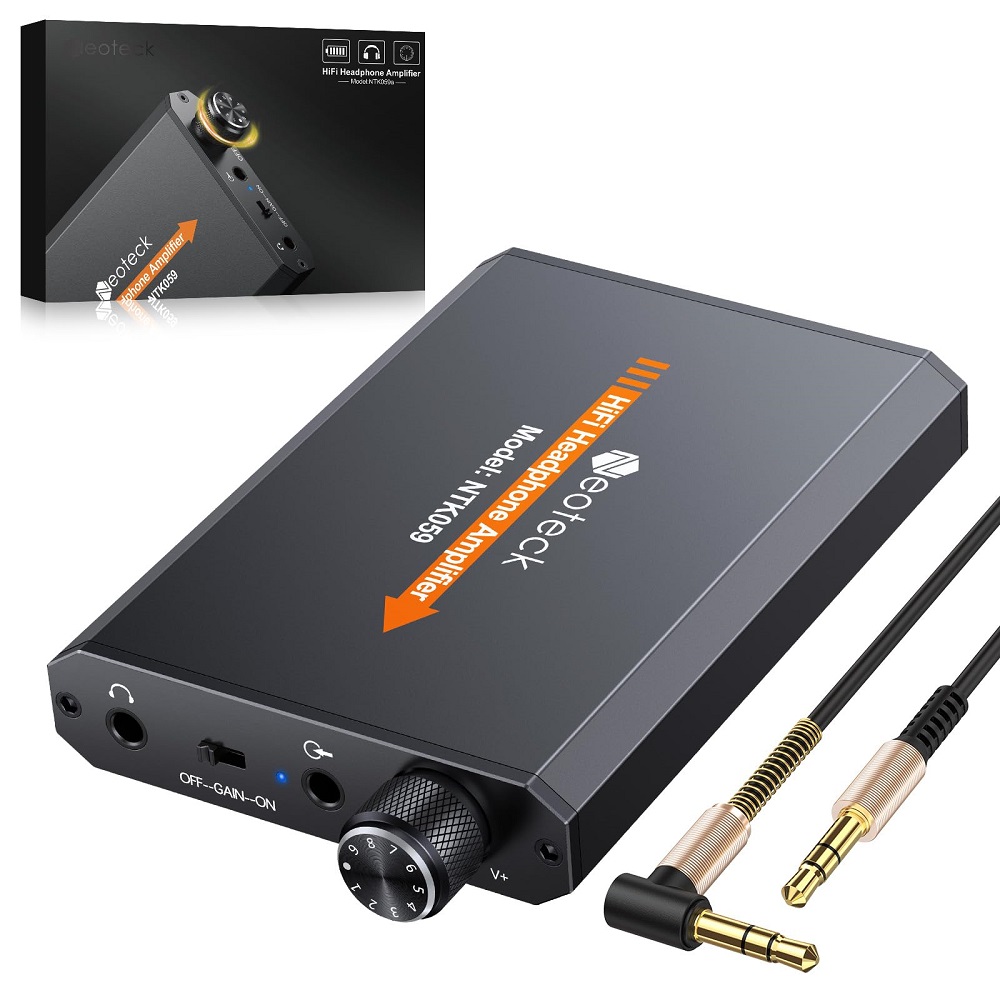
Testing and Comparing Models
Hands-On Testing
Once you’ve narrowed down your options based on the factors mentioned, it’s time to put the models to the test. Visit local audio stores to listen to different amplifiers in person. Bring your favorite music files or use familiar tracks to compare how each amplifier performs. Listen for clarity, depth, and overall soundstage. A well-rounded audition can lead to decisive insights about your final choice, as the quality often varies based on system integration and personal preferences. This step allows you to truly gauge how features affect the overall sound.
Asking for Expert Opinions
Don’t hesitate to reach out to staff in audio specialty shops or consult online forums for advice. Many enthusiasts love sharing their experiences, and you may gain valuable tips about specific models, reliability, and user preferences. Engage in discussions to clarify your needs and hear recommendations from those who already have experience with the products. This access to first-hand knowledge can deepen your understanding and help secure the right amplifier for your sound system, ensuring that you are making an informed decision.
Elevate Your Sound System Experience
Choosing the right amplifier for your sound system can greatly influence your audio experience. By understanding the different types of amplifiers, evaluating power ratings, ensuring impedance compatibility, and considering connectivity options, you can make an informed decision. Other elements like useful features, budget constraints, and hands-on testing solidify your choice further.
With careful thought and planning, you’ll find an amplifier that not only meets your current needs but also allows room for growth as your audio preferences evolve. Investing time in your selection process can lead to enhanced sound quality, satisfaction, and an immersive listening experience. So, equip yourself with knowledge and enjoy the journey toward building the perfect sound system tailored to your unique tastes! Your ears and your home entertainment setup will thank you for it. Happy listening!
